Common Fern Varieties: Learn About Different Ferns To Grow
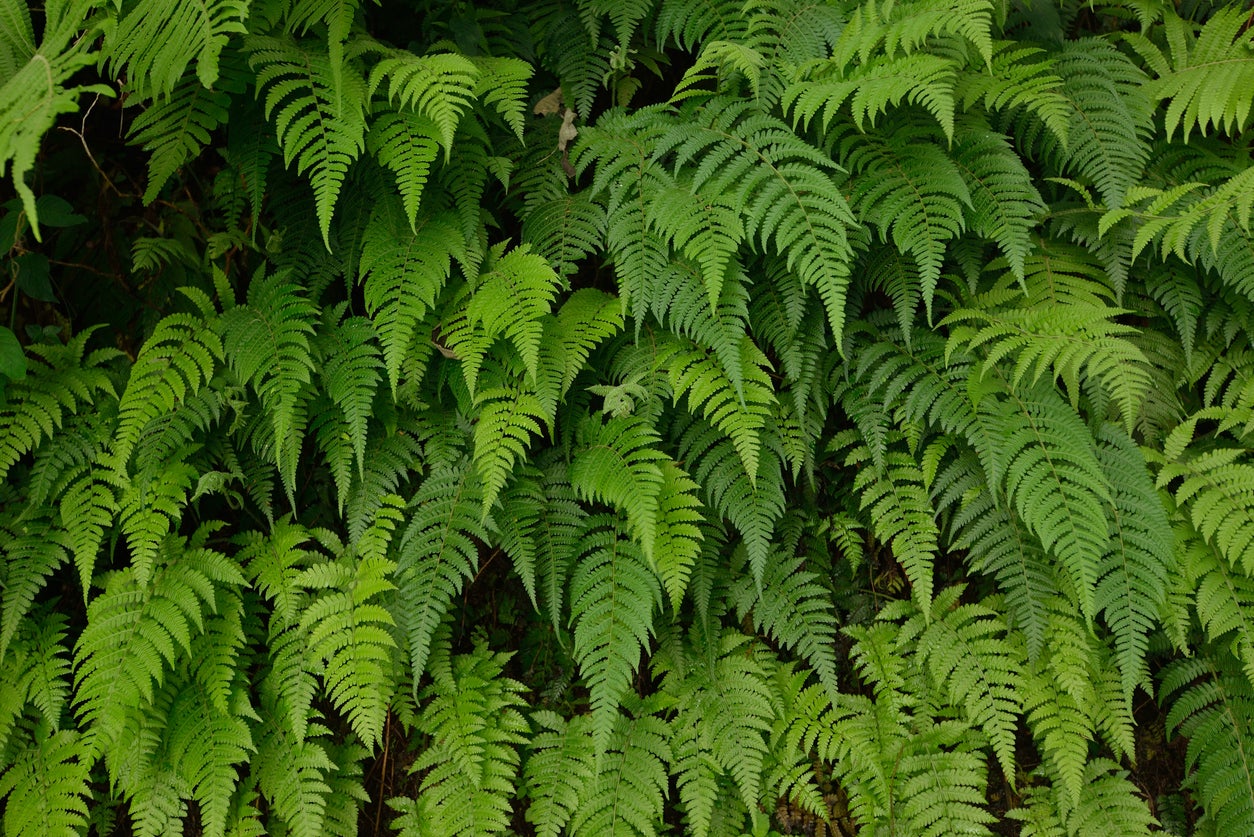

If you’re searching for an unusual type of plant to use in mostly shaded areas, consider the graceful textures and forms of fern varieties. As perennial plants, most remain through winter or die back in colder winters. They return in early spring to develop new fronds and once again provide an interesting specimen that lasts through autumn. Take advantage of various types of fern plants to grace the wooded landscape.
Fern Plant Information
There are many kinds of ferns from which to choose. Most outdoor ferns prefer rich, well-composted soil and gentle morning sun. Dappled sun that reaches the plants for a couple of hours each day is plenty. Avoid full sun, unless it is in the morning and only reaches the plant for a short time.
Choose an area with moist soil or water regularly for the best performance of fern varieties.
Different Ferns to Grow in the Shady Landscape
Below are some of the more commonly planted ferns for the garden:
- Japanese Painted Fern: This is a colorful fern with silvery leaves and red stems. Blue areas that appear painted are splashed onto the fronds. Other types of this variety have different hues. Plant the Japanese painted fern in a shady spot with dappled morning sun and moist soil.
- Southern Shield Fern: One of the larger ferns, this specimen has triangular fronds that grow upward. The attractive fronds turn a bronze color in autumn, adding an interesting show in the planting area. The southern shield fern is deer resistant and handles drought better than most ferns but thrives in moist soil.
- Maidenhair Fern: The gray-green foliage on this frilly, delicate plant can grow happily in a shady spot in the ground. Dappled morning sun keeps it healthy and colors bright. You may also grow maidenhair fern in a hanging basket for indoor or outdoor use. Plant in masses under trees or in shady beds for a striking display. Use the frilly fronds to edge a walkway or accent a water feature.
- Boston Fern: Often used in hanging baskets to decorate a shady porch or patio, the Boston fern is commonly available in home improvement stores and local nurseries. Many replace them yearly in areas that freeze, but they can be cut back and stored in winter to regrow in spring. Store in a place that stays above freezing and provide some water during this time. New composted soil and a full watering in spring generally revive them.
- Australian Tree Fern: For those with consistently warm temperatures, the tree fern is a great option for planting as a focal point or for use as a tall specimen in a shady bed. It can reach 15 to 30 feet (4.5-9 m.) in the tropical landscape. The trunk may grow to a foot (31 cm.) or so around. If you want a large plant to grow in a warm and shady area, consider the tree fern.
Gardening tips, videos, info and more delivered right to your inbox!
Sign up for the Gardening Know How newsletter today and receive a free copy of our e-book "How to Grow Delicious Tomatoes".

Becca Badgett was a regular contributor to Gardening Know How for ten years. Co-author of the book How to Grow an EMERGENCY Garden, Becca specializes in succulent and cactus gardening.
-
 Try The Trend – Turn Any Bed Into A Keyhole Garden With This Clever In-Ground Composter
Try The Trend – Turn Any Bed Into A Keyhole Garden With This Clever In-Ground ComposterKeyhole gardening is an efficient and sustainable practice that saves space. Get started on this DIY project quickly and easily with an in-ground composter.
By Bonnie L. Grant
-
 4 Superfast Composting Methods: Turn Waste Into Garden Gold In 30 Days Or Less
4 Superfast Composting Methods: Turn Waste Into Garden Gold In 30 Days Or LessTry the fastest composting methods to turbocharge your pile and transform kitchen scraps and garden waste into finished compost in just a few weeks.
By Mary Ellen Ellis
-
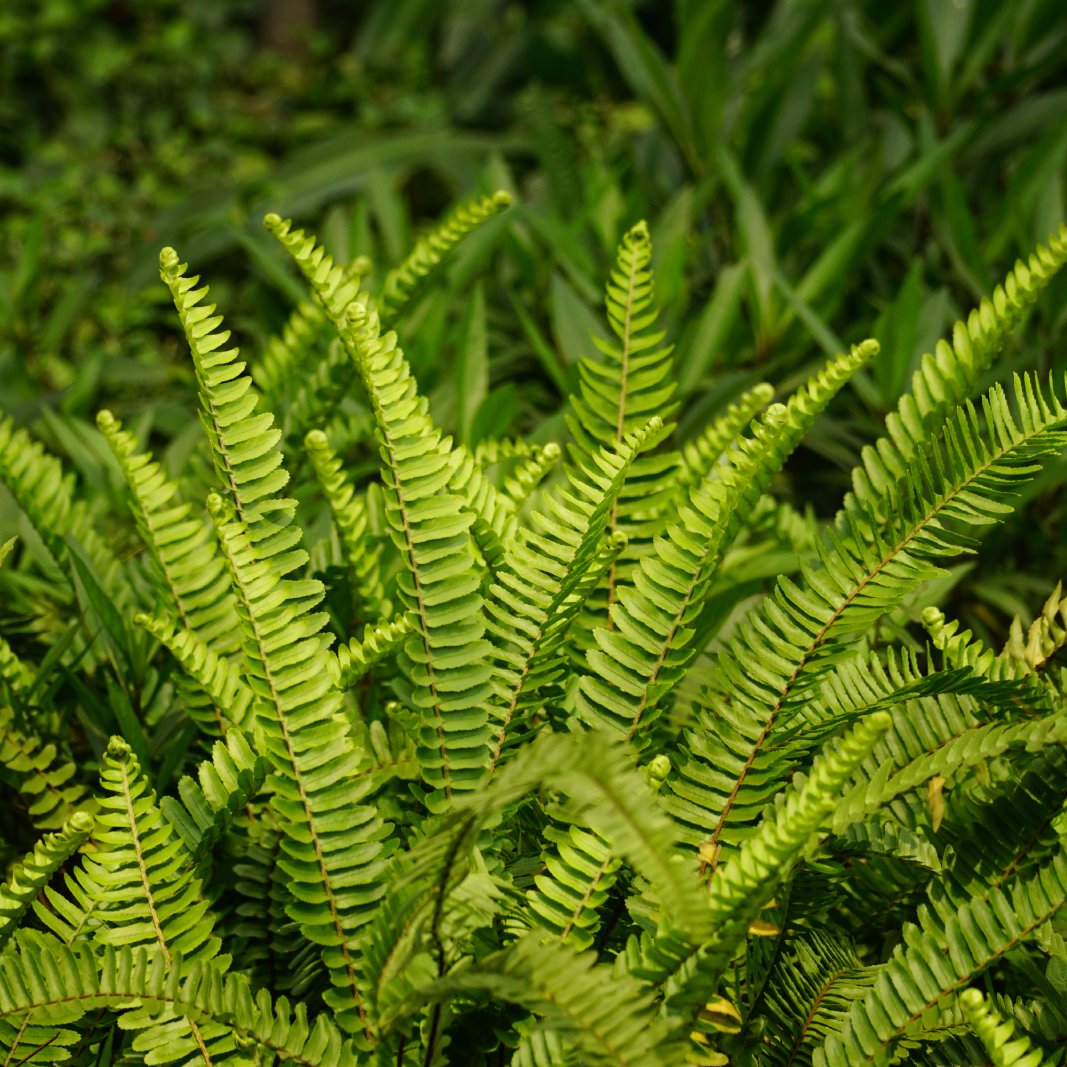 Polypodium Care: How To Grow And Care For Polypodium Ferns
Polypodium Care: How To Grow And Care For Polypodium FernsA small fern with a funny name, the polypodium - or polypody fern - likes to be shaded by trees and enjoys a moist environment.
By Bonnie L. Grant
-
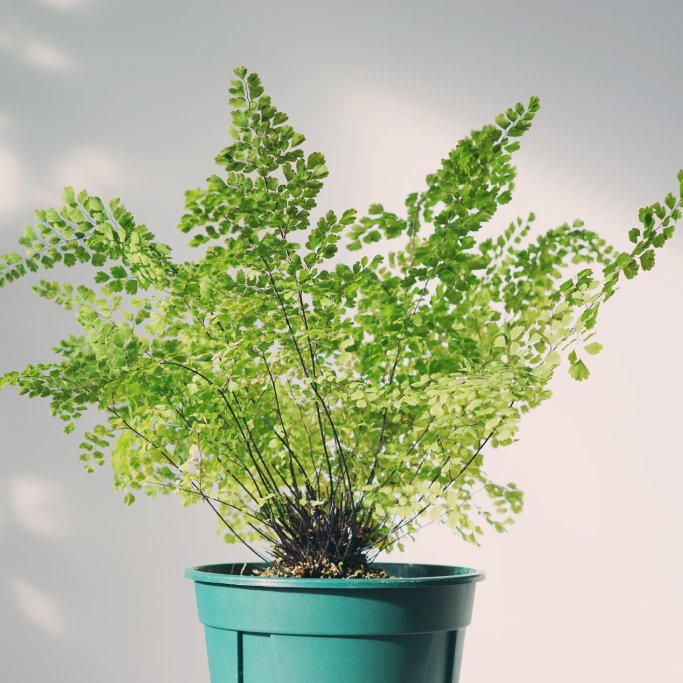 Southern Maidenhair Fern: Complete Care And Growing Guide
Southern Maidenhair Fern: Complete Care And Growing GuideThe delicate adiantum capillus-veneris, or maidenhair fern is a great addition to a woodland garden or indoor plant collection.
By Susan Albert
-
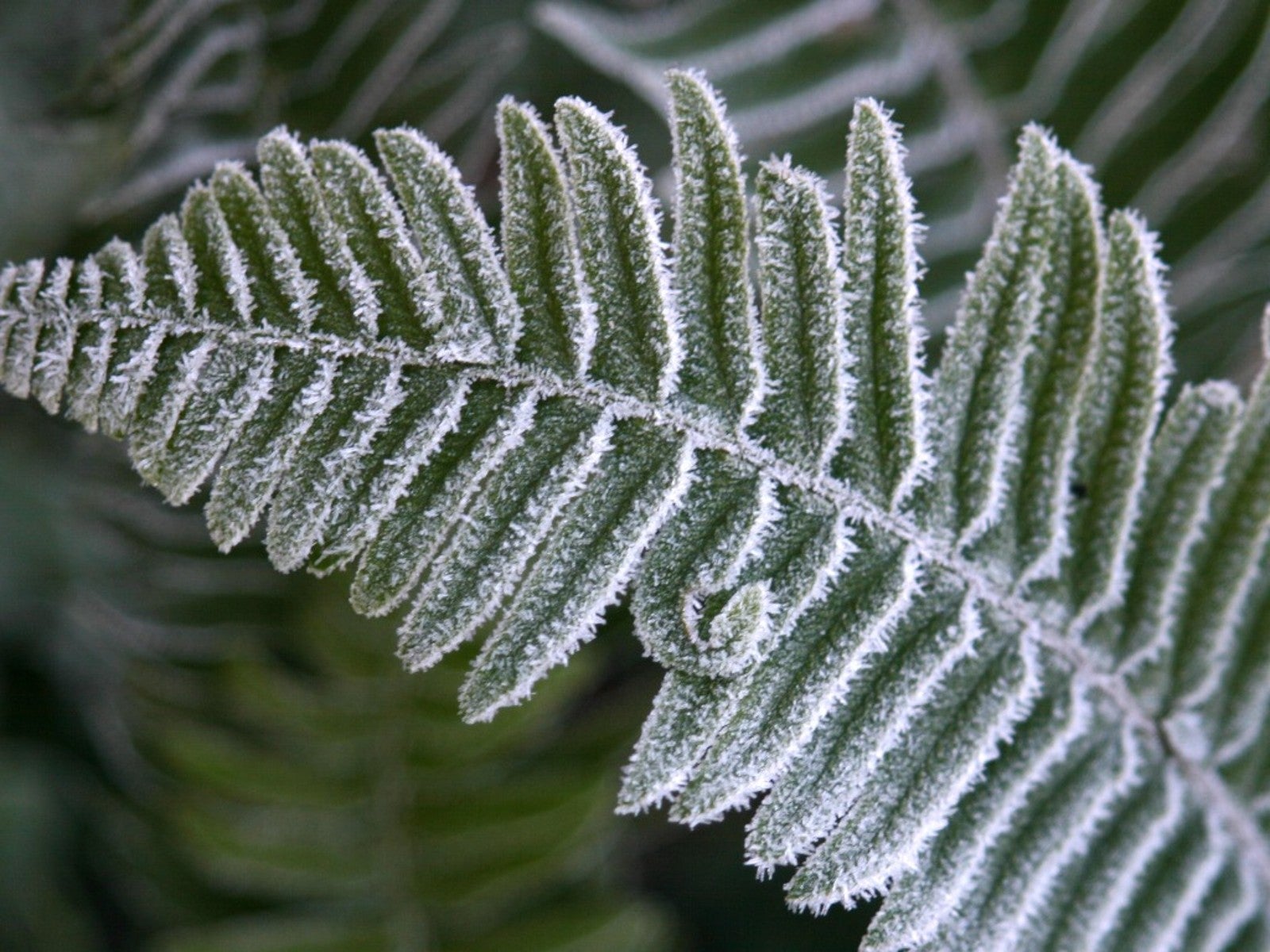 Hardy Ferns For A Green Garden All Year Long
Hardy Ferns For A Green Garden All Year LongFerns are always a beautiful addition to your landscape. Learn which ones can take the cold weather and still stay green.
By Mary Ellen Ellis
-
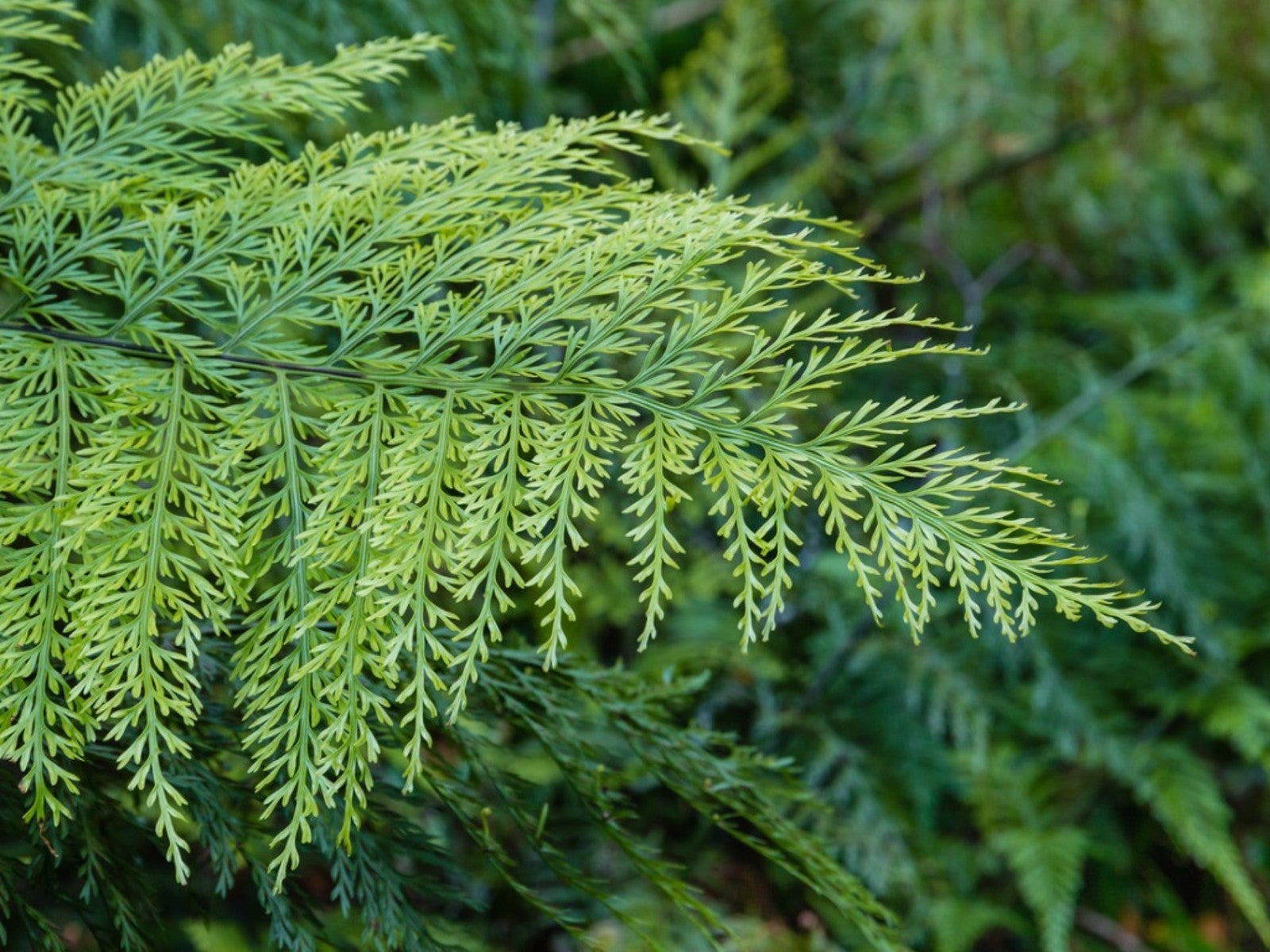 How To Care For A Tropical Mother Fern Indoors
How To Care For A Tropical Mother Fern IndoorsMother fern is a fern native to New Zealand sold as a common indoor houseplant. Click the following for information on mother fern indoor care and propagation.
By Amy Grant
-
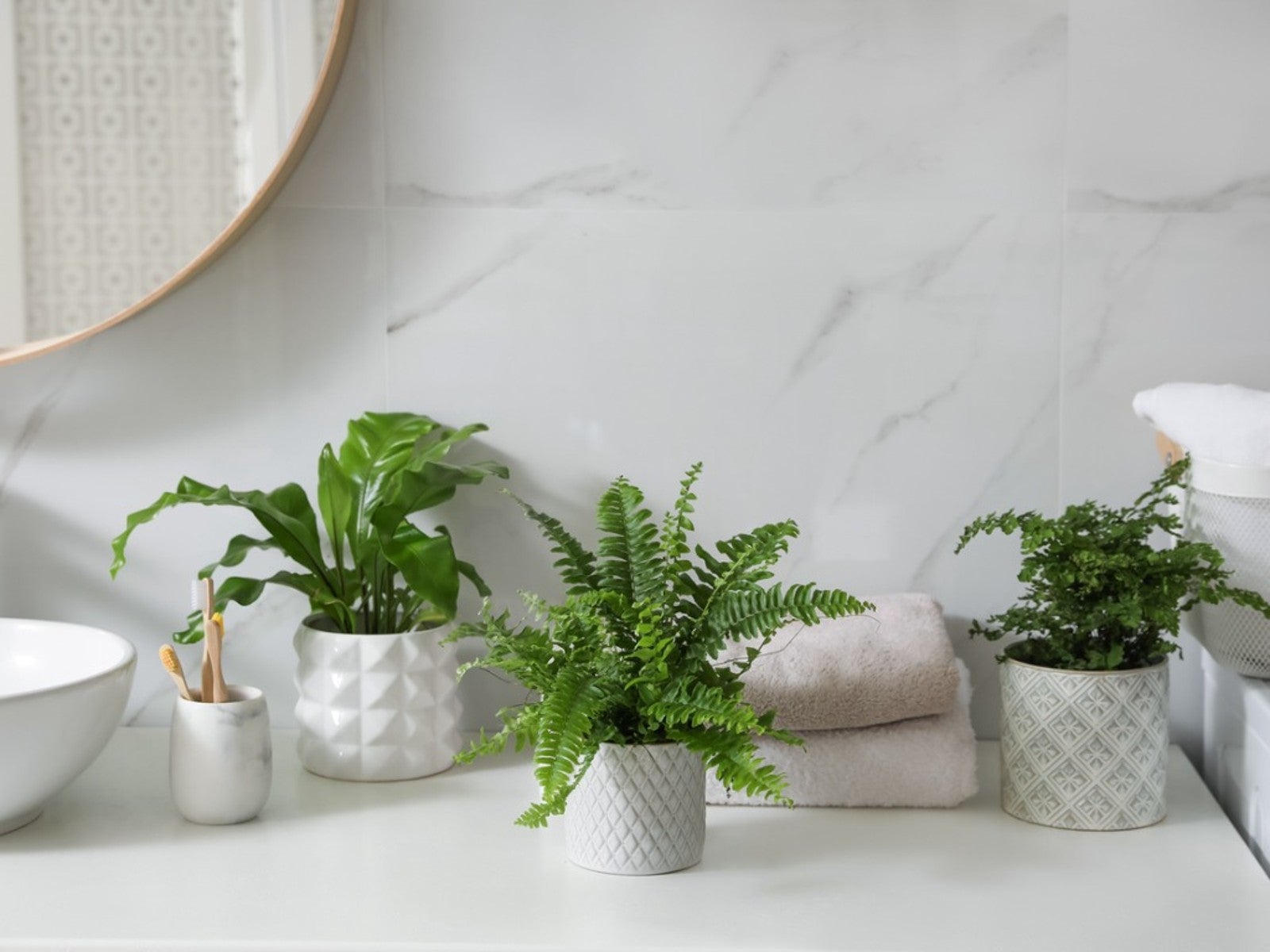 Growing Ferns As Houseplants: 9 Types Of Ferns To Grow Indoors
Growing Ferns As Houseplants: 9 Types Of Ferns To Grow IndoorsFern houseplants can add a tropical feel to an indoor space. Click here for nine beautiful varieties of fern well-suited to indoor growing.
By Mary Ellen Ellis
-
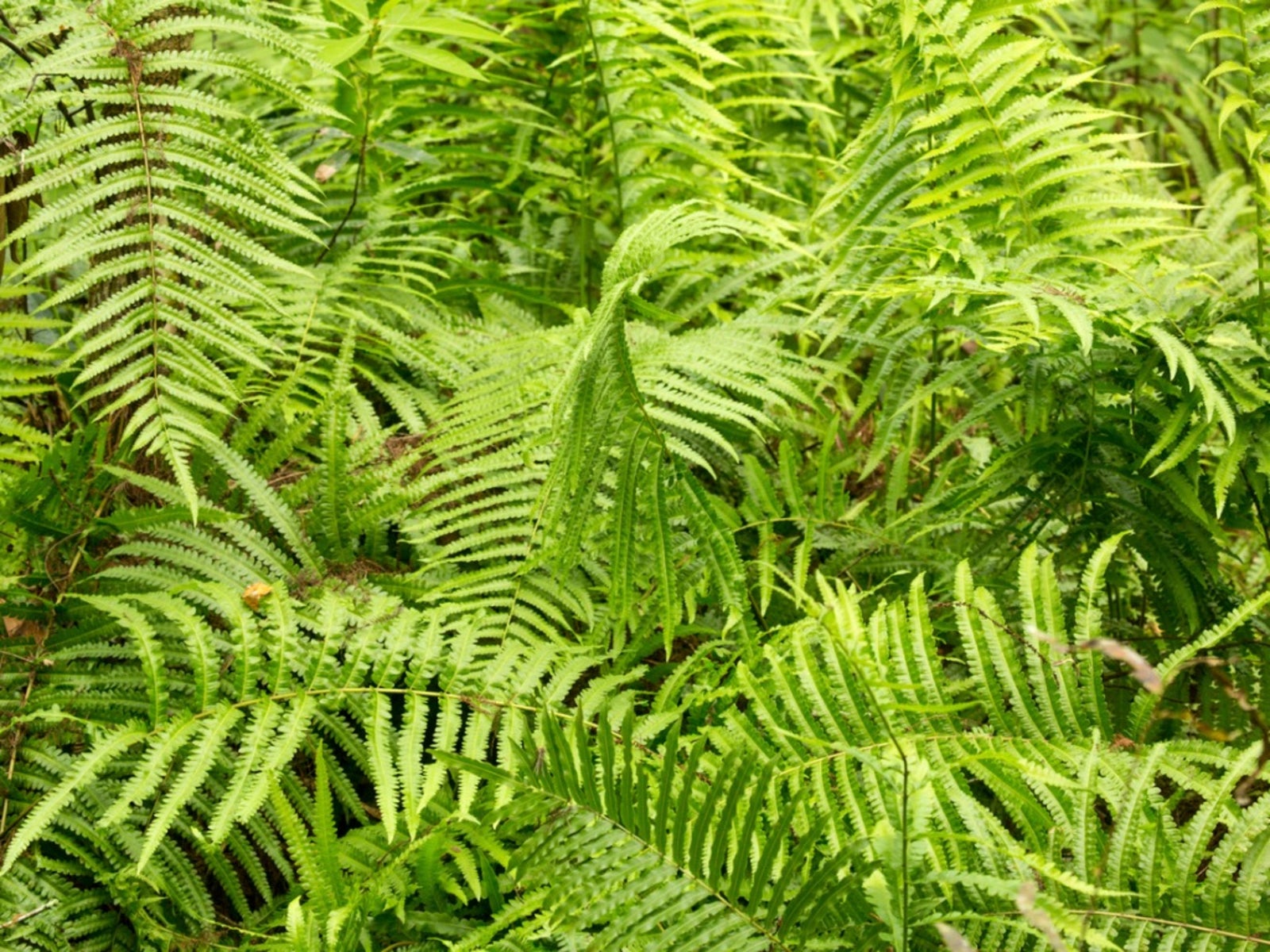 Shield Fern Plant Info – Growing Southern Shield Ferns In Gardens
Shield Fern Plant Info – Growing Southern Shield Ferns In GardensFor a shade loving and deer resistant plant, try growing Southern Shield ferns. Click here for more information on this fern variety.
By Amy Grant
-
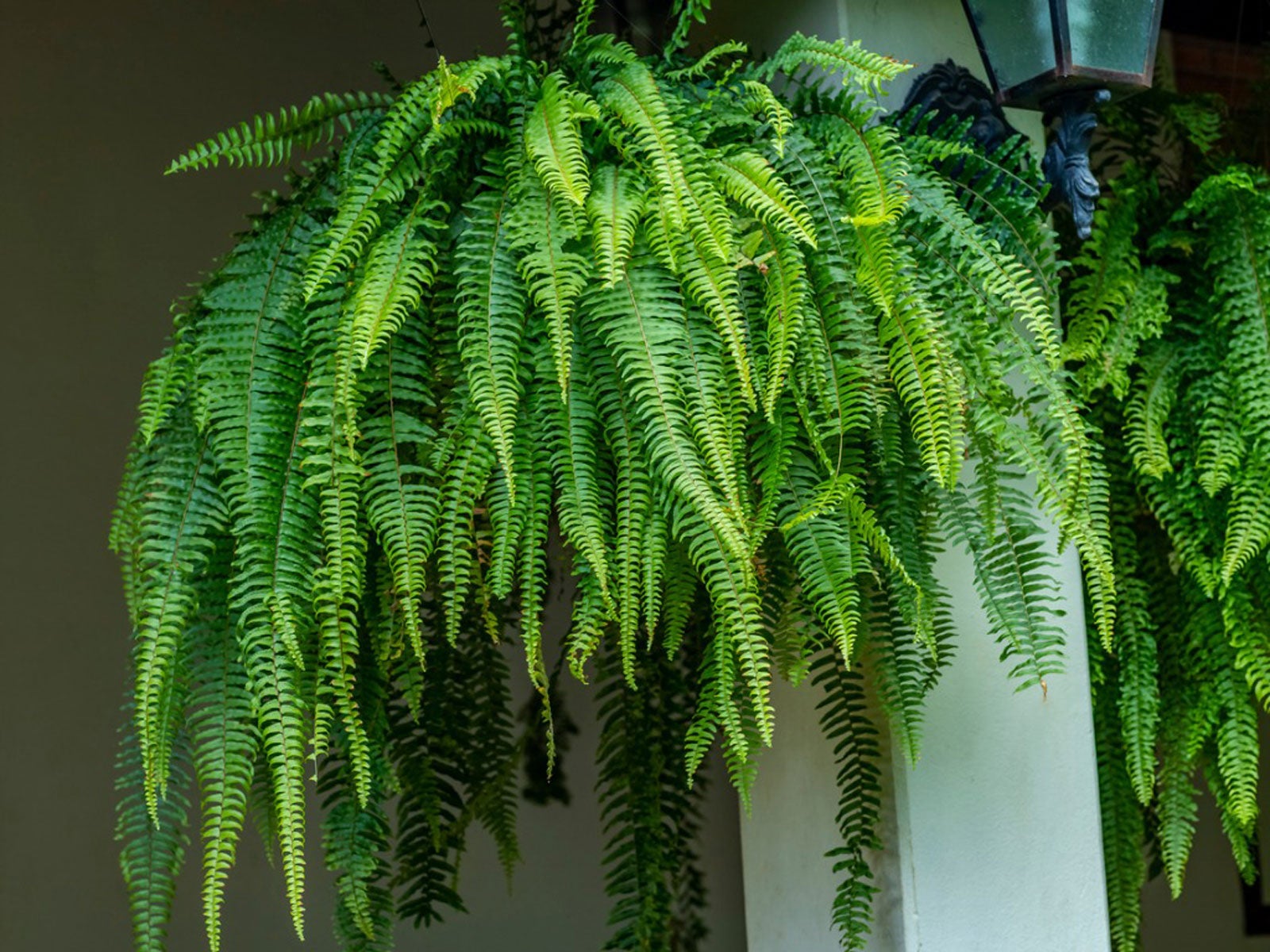 Fern In A Hanging Container: Care Of Ferns In Hanging Baskets
Fern In A Hanging Container: Care Of Ferns In Hanging BasketsFerns in hanging baskets are charming, and growing ferns in hanging containers outdoors is common over summer. Click here for tips on growing hanging ferns.
By Mary H. Dyer
-
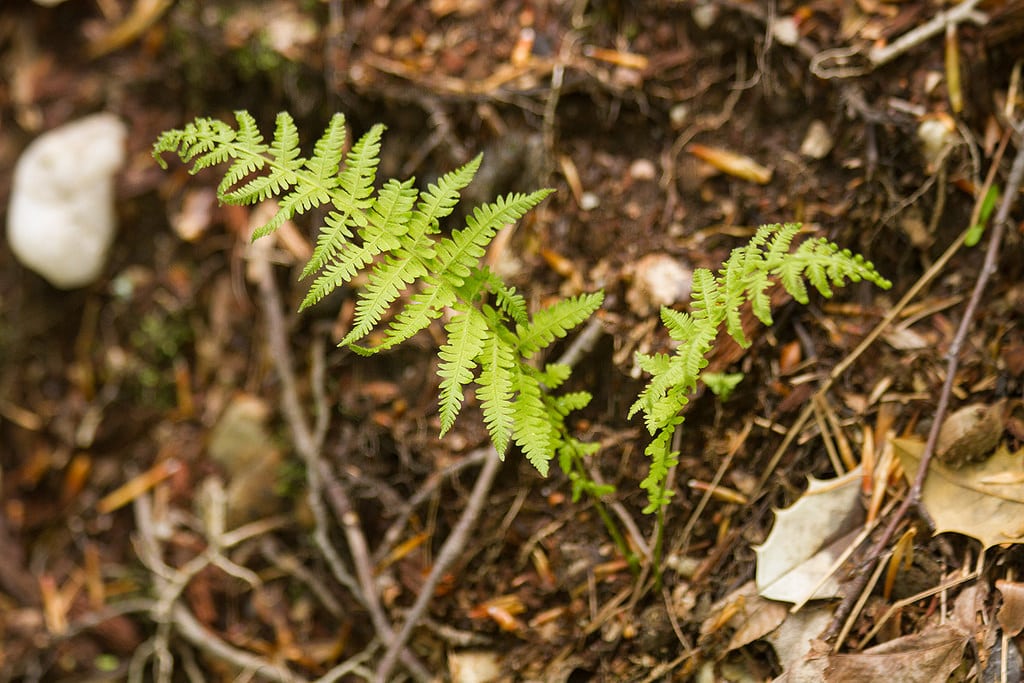 New York Fern Plants – How To Grow New York Ferns In Gardens
New York Fern Plants – How To Grow New York Ferns In GardensNew York fern, Thelypteris noveboracensis, is a woodland perennial that is native to and found throughout the eastern U.S. Learn more about the fern in this article and consider putting this native plant in your woodland garden or natural wetlands garden.
By Mary Ellen Ellis